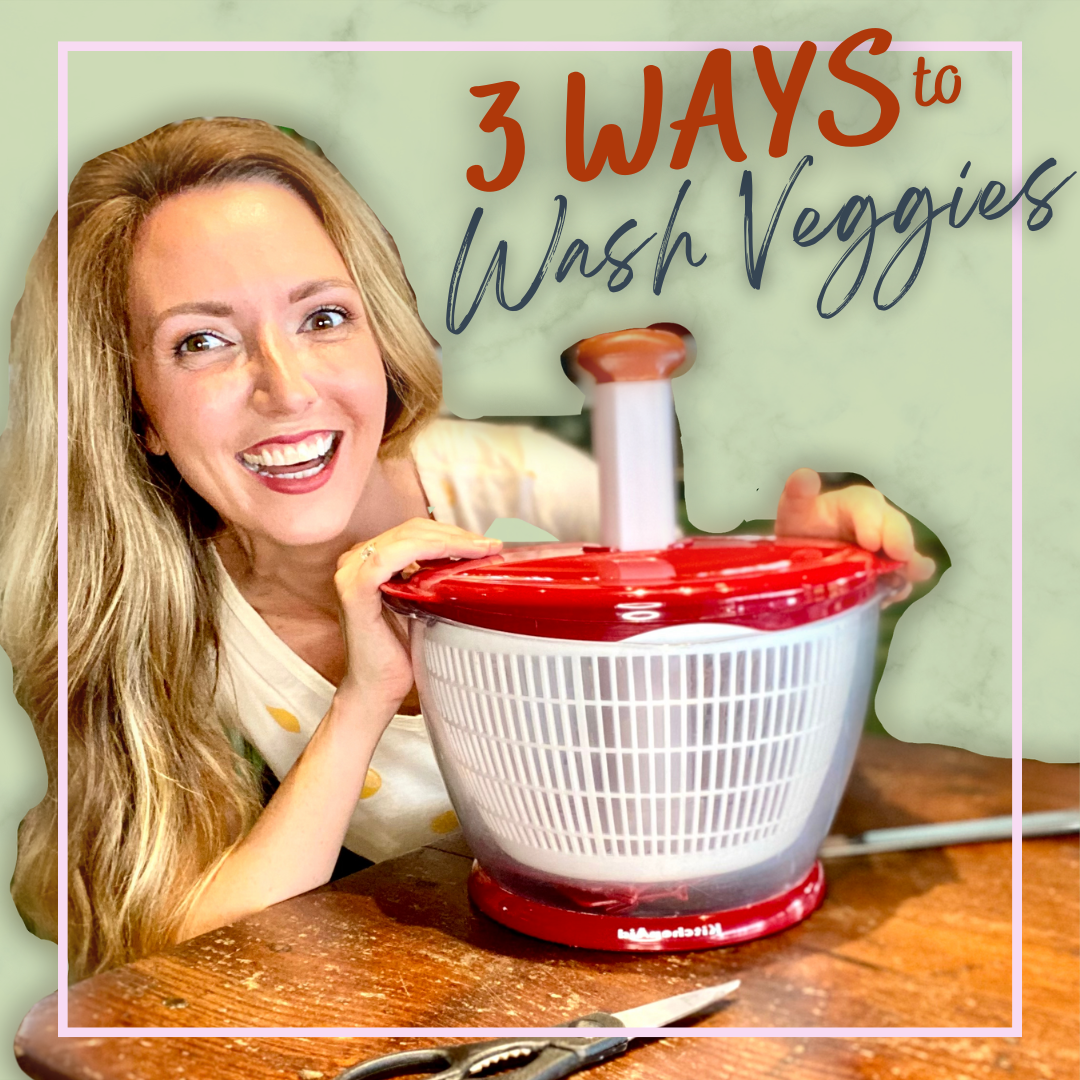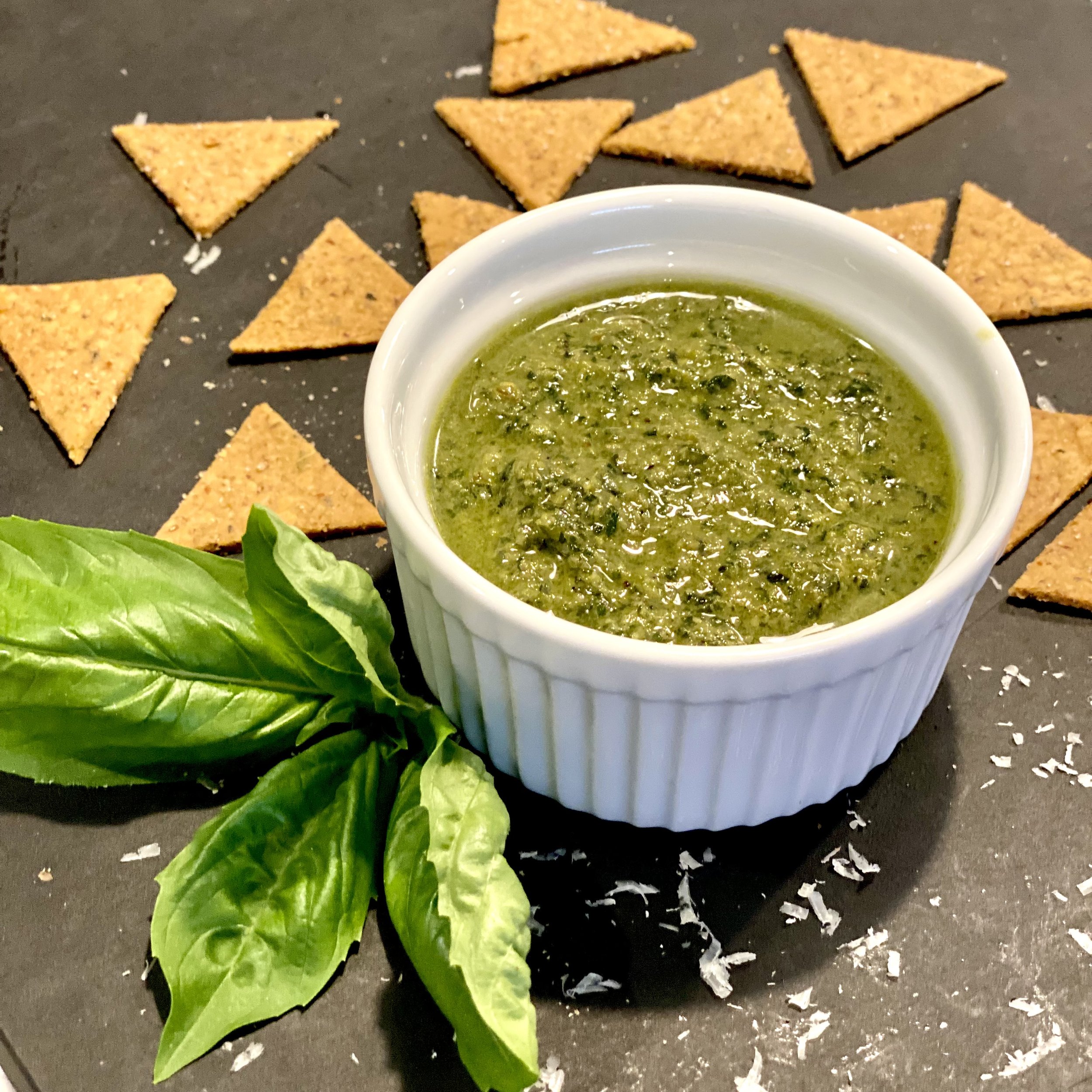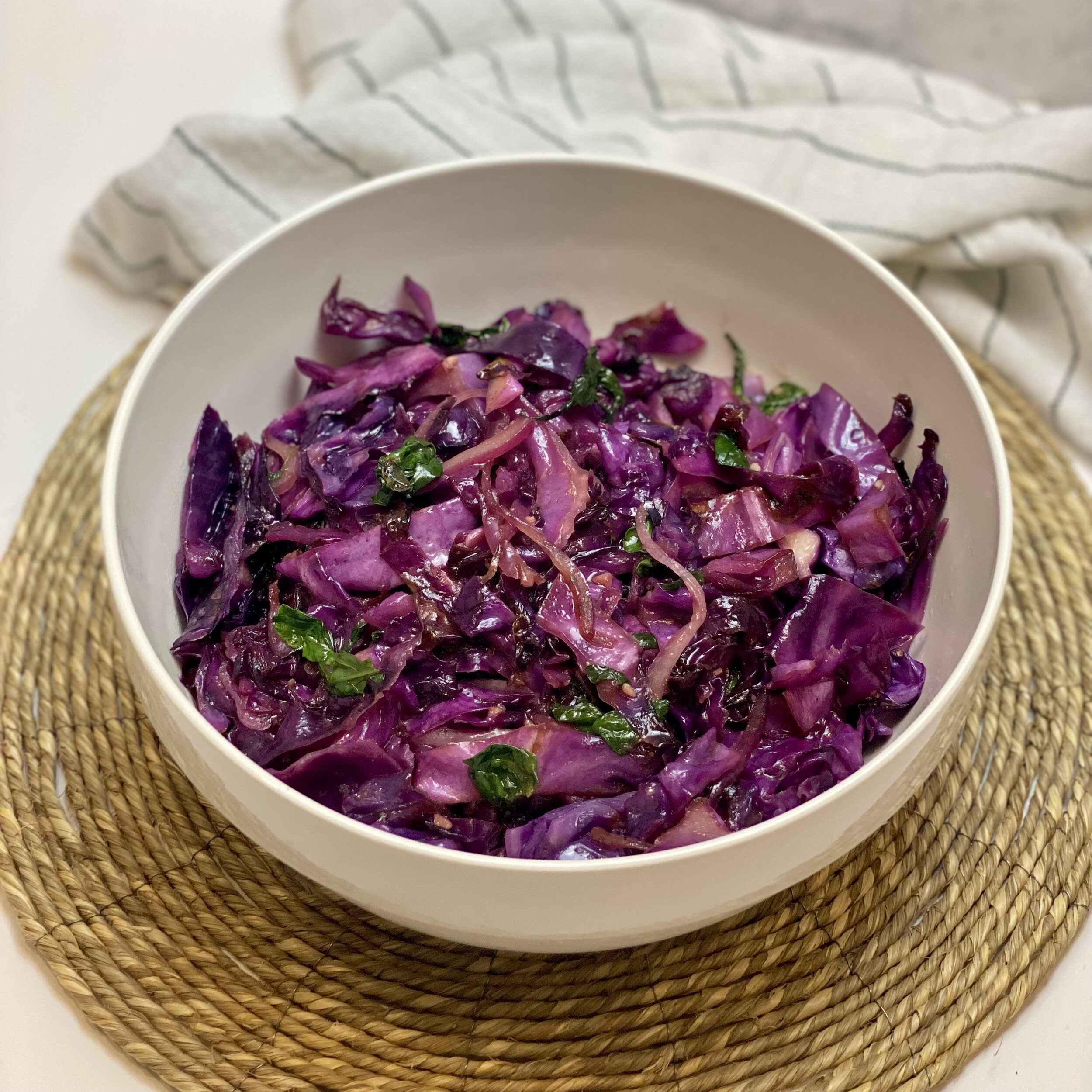Are you cleaning your veggies the right way? 3 ways of washing.
Lectin Free Wife contains affiliate links, meaning I get a commission if you decide to make a purchase through my links, at no cost to you. Buying from these links help support my page and is GREATLY appreciated.
Washing produce is an essential step in preparing food at home. It is crucial to clean fruits and vegetables before consuming them, as they may be contaminated with harmful bacteria, dirt, pesticides, and other harmful chemicals.
As an expert in the food industry, I would like to shed some light on the importance of washing produce and the three methods I use in my kitchen.
Should you wash ALL of your veggies before you eat them? Before we jump into the hot topic of washing veggies, check out this image below because “a picture is worth a thousand words,” they say.
Notice anything that doesn’t belong in this photo? Go ahead and take a closer look.
Yes, that is a FROG. You would be wrong if you think this cauliflower must have been freshly plucked from my backyard garden. This slimy little fellow came in a plastic-wrapped head of cauliflower from the supermarket. It doesn’t get any more “organic” than this.
While this is an extreme example of why you should wash your food before eating it, imagine what may be there that you can’t see with the naked eye.
The main reason to wash produce is to remove any contaminants that may be present on the surface. These contaminants can include dirt, bacteria, pesticides, and other chemicals. Additionally, washing produce can help remove any unwanted residue or debris, such as sand, small insects, or even frogs, that may be present on the surface of the produce.
Ewwww… Imagine what is lurking in your produce that you can’t see with the naked eye, like micro-critters. While some produce items may be labeled as "pre-washed," it is still recommended to rinse them thoroughly before eating or cooking. Follow theses simple steps to cleaning your veggies.
Lectin Free Wife’s Three S’s for best practices for washing veggies!
Soaking…
Soaking produce in vinegar and water solution is our primary method to clean fruits and vegetables. For this method, you will need a basin large enough to submerge your veggies. You can plug one side of a clean sink, salad spinner, or a large stockpot. Cover your veggies in cool water, add 1 cup of white distilled vinegar, and soak for 15 minutes. Then rinse in cool, clean water and dry using one of the methods we list below.
Spray…
Fill a food-safe spray bottle with 1 cup of white distilled vinegar and 3 cups water. If you prefer a slight citrus scent, add a couple of teaspoons of fresh lemon juice, but this is optional. Place veggies into a colander in the sink and heavily mist the vegetables until coated evenly with the vinegar solution. Wait for 15 minutes, then rinse with clean water and dry with one of the methods below.
Scrub…
Use a vegetable brush on firmer produce like root vegetables such as carrots, beets, and sweet potatoes to remove visible dirt or debris. The scrub method is perfect if you start with visibly soiled veggies that may have come straight from the garden or the farmer’s market. Follow up the scrub method with one of the vinegar solutions. Mushrooms should be scrubbed with a dry vegetable brush or dampened paper towel. Mushrooms do not need a vinegar solution.
Veggies are all clean; now what?
Once washed, fruits and vegetables should be dried.
Avoid storing wet produce in sealed containers or bags, as this can cause moisture to build up and promote the growth of bacteria and fungi.
Once cleaned, lay the veggies out on a clean towel or pat dry with a paper towel.
Drying produce after washing can help prevent the growth of mold or other fungi.
For leafy vegetables, I recommend using a salad spinner.
Products that will save you time and money when washing your fruits and veggies.
Lectin Free Wife contains affiliate links, meaning I get a commission if you decide to make a purchase through my links, at no cost to you. Buying from these links help support my page and is GREATLY appreciated.
In conclusion, washing produce is an essential step in food preparation, and it is important to follow these best practices to ensure that the produce is safe and healthy to consume. Taking a few extra minutes to wash fruits and vegetables properly can help prevent the spread of harmful bacteria and chemicals and ensure we consume the best possible quality produce.













